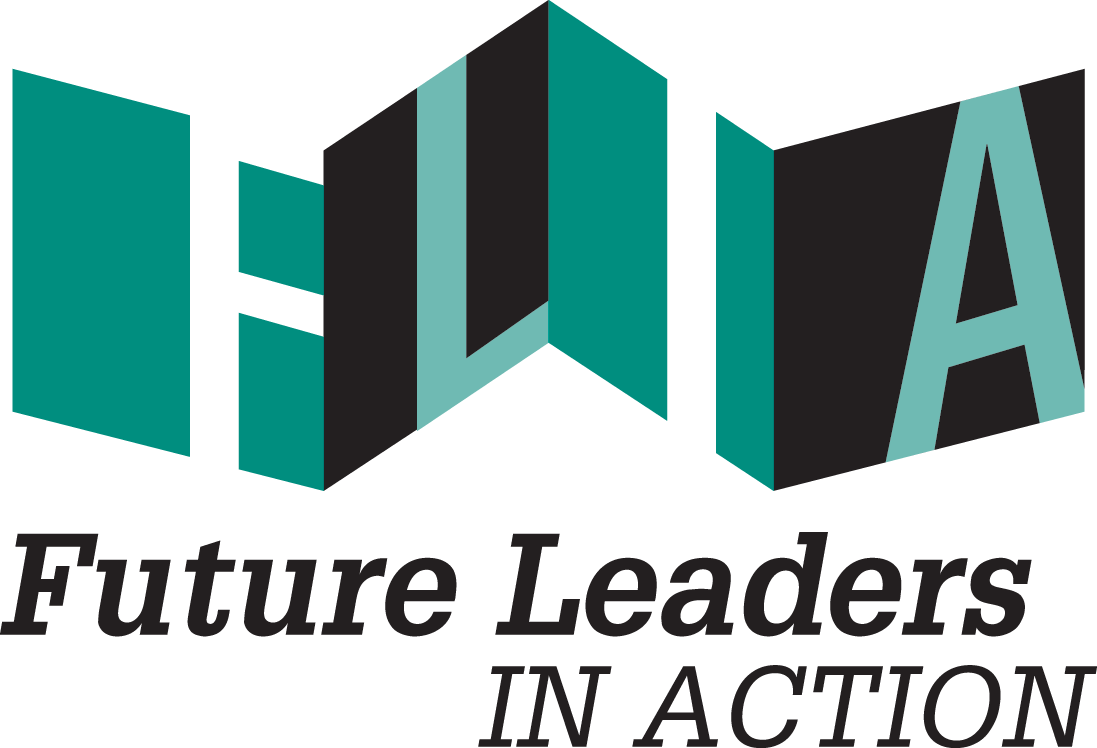As human beings, our stories keep us connected. Stories evoke our sense of empathy and generosity. When engaged in the nonprofit world, storytelling can be a powerful tool as nonprofits continue to make an impact on people’s daily lives. Deeper connections are formed when you can put faces to your purpose. More organizations are beginning to realize this.
Here are Some of the Main Benefits of Storytelling:
Increase visibility and word of mouth promotion
Attract bigger donor contributions
Change the organization’s image from stereotypically secretive to transparent and authentic
When people trust and relate to your brand, they become champions and lifetime supporters for your organization bringing your message into the spaces that they exist, creating more support via word of mouth.
Storytelling gives nonprofits the flexibility and space to tell whoever they engage about their journey and why they started while also highlighting the impact they have had on their community. Nonprofit organizations are not just mission statements. The work they do on the ground is relatable to the average person and bringing these stories to the forefront can increase visibility, build trust in their communities and build brand recollection among the wider population. Although not-for-profits are not “in it” for the money, every organization still wants to be known for the work they do therefore, I used “brand recollection” for lack of a better word.
Being recognizable also attracts bigger donations to the organization. Fundraising is a vital part of sustaining a nonprofit’s ability to continue serving their communities and storytelling enhances that. Other than attracting donors storytelling also makes nonprofit organizations more personal and accessible to everyday human beings. When people trust and relate to your brand, they become champions and lifetime supporters for your organization bringing your message into the spaces that they exist, creating more support via word of mouth.
Let’s not forget that social media is also an essential vehicle to achieving this. From experience I realize that social media is one of those areas nonprofits tend to drop the ball on especially when they lack the ideal capacity to carry out their direct services which, rightfully so, is their primary focus. To reap the benefits of storytelling, social media has to be met with a creative strategy to optimally represent the impact of the real work nonprofits are doing.
EXAMPLES
One nonprofit that implements storytelling well is Feeding America. On their blog in July, one of their volunteers, Theresa Peters, talked about how hunger looks like in Arizona schools in the Summer which directly correlates with Feeding America’s purpose.
Another would be Team Rubicon, an organization that uses images, videos and blogs of the work they do in the field to communicate /share the purpose and need for their aid around the world.
The key to storytelling is employing Walt Disney’s recipe for creating a narrative:
Once upon a time ...
This starts the story off and introduces our protagonist.
And every day ...
This will set up how life was before the challenge or inciting incident.
Until one day ...
This begins the action of the story with the challenge and the goal.
And because of this ...
This introduces the barriers or obstacles the protagonist faces.
And because of this ...
There could be several barriers that need an introduction.
Until finally...
This ends the story with the resolution.
Any nonprofit which is seeking to create a narrative should take some time to reflect on the work they do and why they started, which could involve using data. If you use data, it is essential to visually translate it to make the information more accessible to your community and compelling to everyone.
Storytelling gives nonprofits the flexibility and space to tell whoever they engage about their journey and why they started while also highlighting the impact they have had on their community.
In my case, Youth Inc.’s narrative would be centered on youth in New York City. In my Fall fellowship at Youth Inc. I am working with dozens of organizations that provide direct services such as after school activities, writing skills advancement and arts and theater classes to young people in NYC daily. Through Youth Inc.’s Metrics Program organizations are being trained to advance the way they utilize the Social Emotional Learning (SEL) data along with the nuggets of wisdom and experience they have mentally stored throughout years of service in order to create powerful narratives. In my role, I will be researching and developing ways to support alumni of Youth Inc.’s Metric Program to continue implementing data in their operations in creative and rewarding ways.
Take some time to reflect on the work you do, what projects have you completed over the past year or so that you know has changed someone’s life in any way? Could you administer a survey to the participants of your program to gain insight into how they feel about your services? Could you use their story to represent the impact your program has? Could you request testimonials from them?




